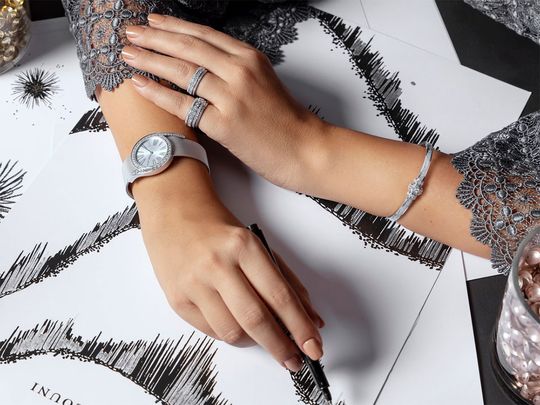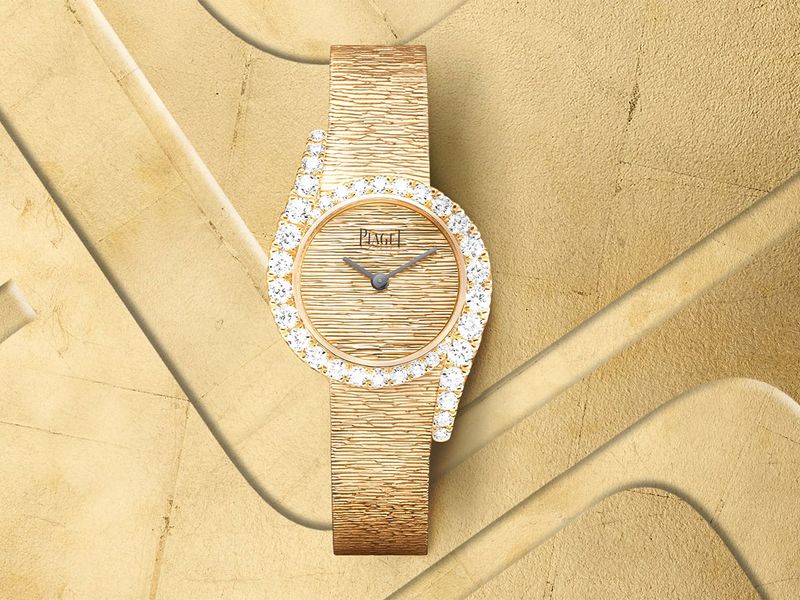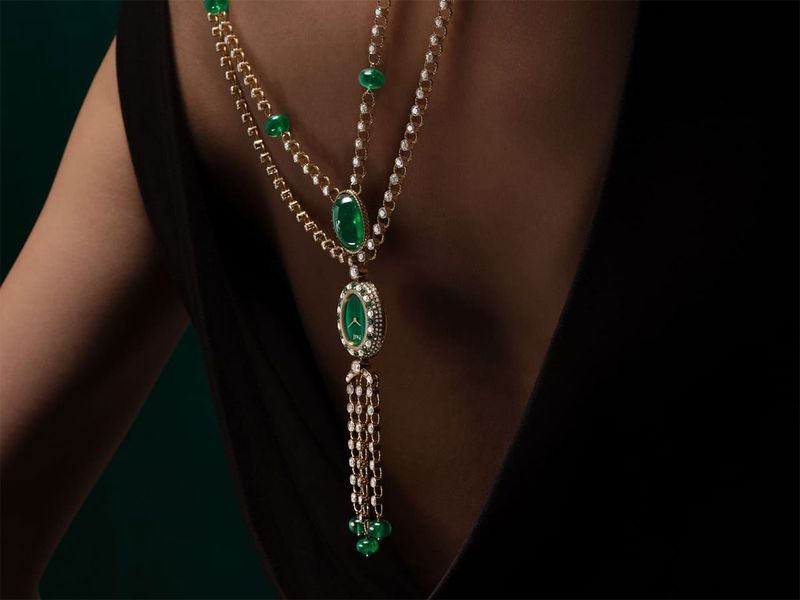
Piaget, the prestigious maison acclaimed for its exceptional timepieces and jewellery, boasts a longstanding connection to the world of art. This commitment was recently reaffirmed at the 17th edition of Art Dubai, where Piaget returned to commemorate its 150th anniversary. Through the "House of Gold" exhibition, the brand honoured its shared values of art and craftsmanship with the renowned contemporary art fair, showcasing inspiring collaborations with regional designers and artists. The Kurator sat down with Christophe Bourrie, Global High Jewellery Director at Piaget, to discuss the significance of this return and the brand's collaboration with regional artists.
Congratulations on Piaget's return to Art Dubai for its 150th anniversary! What makes this event so important for the brand, and what did visitors experience?
Returning to Art Dubai after a hiatus was pivotal for us. The Middle East has always held a special place in Piaget's history. Similar to our presence at Watches and Wonders last year, visitors experienced a cohesive exploration of the Maison's core values, bridging past and present. They encountered stunning examples of Piaget's legacy from the 60s and 70s – pieces like the Swinging Sautoir, cuff watches, and the ultra-thin 9P and 12P movements – alongside contemporary creations like the new Limelight Gala with marqueterie of emeralds and chrysoprases, which inspired artist Razan Alazzouni, and the Limelight Gala designed in collaboration with Shamsa Alabbar.

With Benjamin Comar as CEO for the past two and a half years, how has Piaget reimagined its approach to blending its rich heritage with contemporary influences?
Our approach focuses on 360-degree coherence, starting with the products. This is evident in bolder High Jewellery designs, like the new Warhol watches and the Polo79.
How has Piaget's participation in Art Dubai evolved over the years, and how does it reflect the brand's commitment to innovation and creativity?
Our evolution is evident in the products, energy, and aesthetic of our booth. The Polo79 exemplifies this perfectly.
Can you offer any insights into the artistic inspirations behind Piaget's latest collections, particularly in the context of your 150th anniversary?
While you'll have to wait for Watches and Wonders and High Jewellery events in June for a complete picture, the Polo79 sets the tone for our 150th. It's bold, wearable, historically significant, and yet undeniably contemporary. The launch of this piece, highly anticipated since Benjamin Comar's arrival, reflects our future direction.

Can you tell us more about the collaboration with Shamsa Al Abbar and its significance for the brand?
Collaboration with regional talents like Shamsa keeps us grounded and inspired. This collaboration merges the design elements of the Limelight Gala – including the mesh work bracelet and the asymmetrical set diamonds – with an "enchanting dial" by Shamsa Alabbar. Drawing inspiration from the Token motif, a hallmark feature of Shamsa Alabbar's jewellery collection, it also pays tribute to Arabic typography and the iconic mashrabiya.
As the Global High Jewellery Director, how do you envision Piaget's role in shaping the future of high jewellery and luxury watchmaking, building upon its impressive legacy?
While we began as watchmakers and will always cherish our watchmaking heritage, today, jewellery carries equal weight. We remain committed to both, pushing boundaries with the same audacious and dazzling spirit that has defined us throughout our history.


